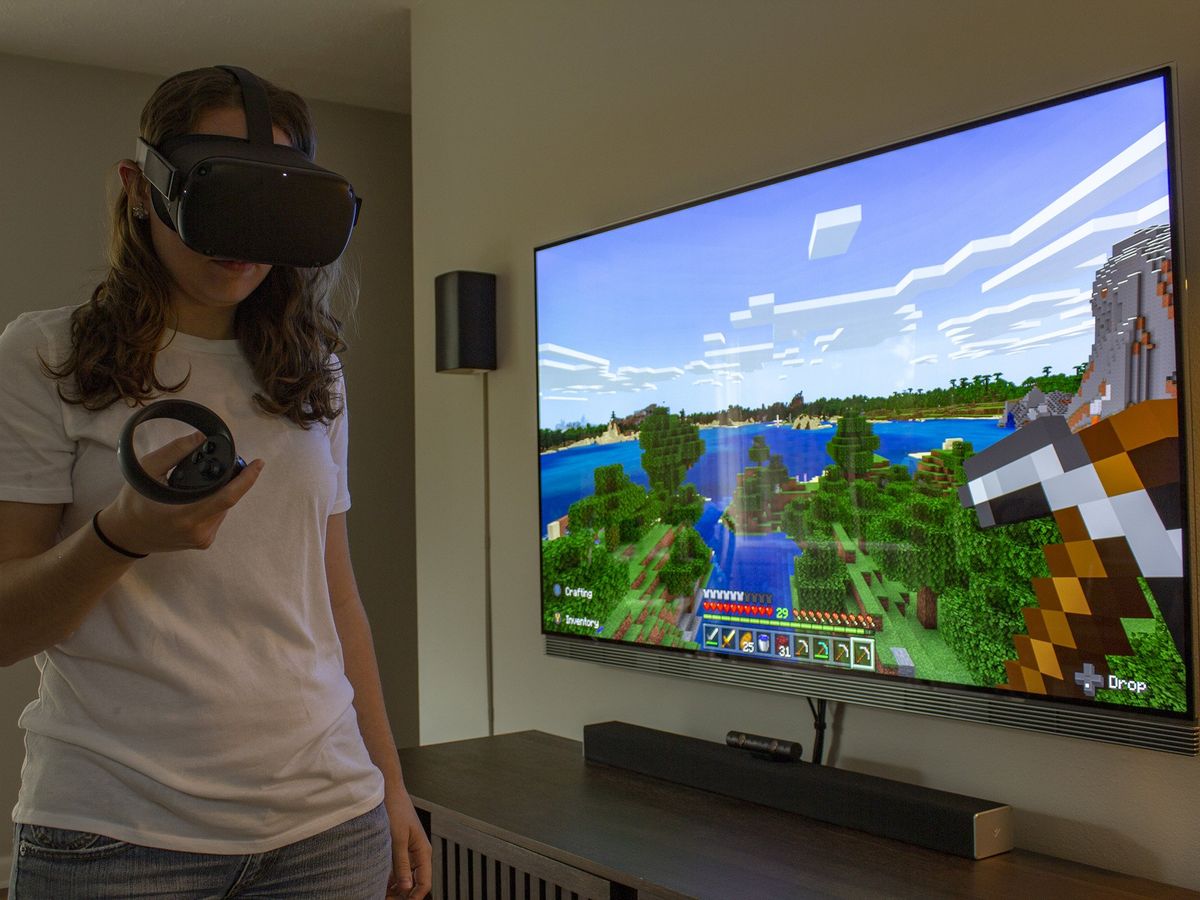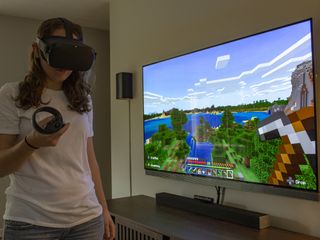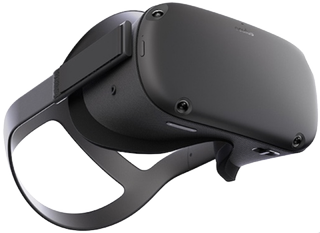Could Minecraft VR finally come to the Oculus Quest? OpenXR announcement hints that it's possible
This could usher in a new era of cross-platform VR development.


What you need to know
- Oculus is now accepting OpenXR-developed titles on the Oculus Rift and Oculus Quest stores.
- Eye tracking and hand tracking are now an official part of the OpenXR standard, enabling cross-platform development with these features.
- Minecraft's RenderDragon engine now uses OpenXR for the development of Minecraft VR.
Since its debut last Summer, the OpenXR platform has been pivoting itself as the way forward for developers looking to create games and applications for more than just one VR headset. And while there are plenty of announcements to cover today, the most exciting news is likely the inclusion of OpenXR support for Minecraft. Microsoft's RenderDragon engine, which powers Minecraft, is now using OpenXR for desktop VR support. While the announcement doesn't directly include additional platform compatibility, it's not hard to read between the lines and imagine that Microsoft is using this new OpenXR capability to bring Minecraft VR to more headsets in the future.
This week's slew of OpenXR announcements have brought about some significant steps in the right direction for the industry, as a whole, and it means a massive change could be on the horizon for developers and VR gamers, alike. In addition to Minecraft supporting the new standard, Oculus is also now accepting OpenXR-developed games to its Oculus Rift and Oculus Quest stores. This is a huge deal because it means that developers no longer have to exclusively develop a separate version of Oculus titles, cutting down development headaches quite a bit. It also implies that Minecraft on the Oculus Quest could very well happen in the near future.
Best Hand Tracking Games for Oculus Quest in 2020
That change means that developers will, more than likely, be able to support additional VR platforms without having to completely alter their code or extend the development cycle. Given that every major player in the industry is on board with OpenXR, including Oculus, Microsoft, Valve, and Sony (to name a few), this new paradigm of cross-platform development using a single suite of tools could be a big boost for the industry, at large. The group behind the OpenXR platform, The Khronos Group, is now also certifying games and apps developed through OpenXR to ensure compatibility across all supported platforms.
Part and parcel to this new industry-wide rollout is the addition of eye tracking and hand tracking modules, making it easier for developers to enable these important features in games with immediate enablement on headsets that support this kind of tech. Hand tracking is still pretty early and currently only available on a few major headsets, including the Oculus Quest and Microsoft HoloLens 2. Eye tracking is restricted to only a few headsets at this time, as well, but helps enable significant performance increases and additional types of UI interaction on supported headsets.

The easiest way to VR
The Oculus Quest is the VR console you've always wanted. It's as simple as putting it on your head and playing.
Get the Windows Central Newsletter
All the latest news, reviews, and guides for Windows and Xbox diehards.
Nick started with DOS and NES and uses those fond memories of floppy disks and cartridges to fuel his opinions on modern tech. Whether it's VR, smart home gadgets, or something else that beeps and boops, he's been writing about it since 2011. Reach him on Twitter or Instagram @Gwanatu
